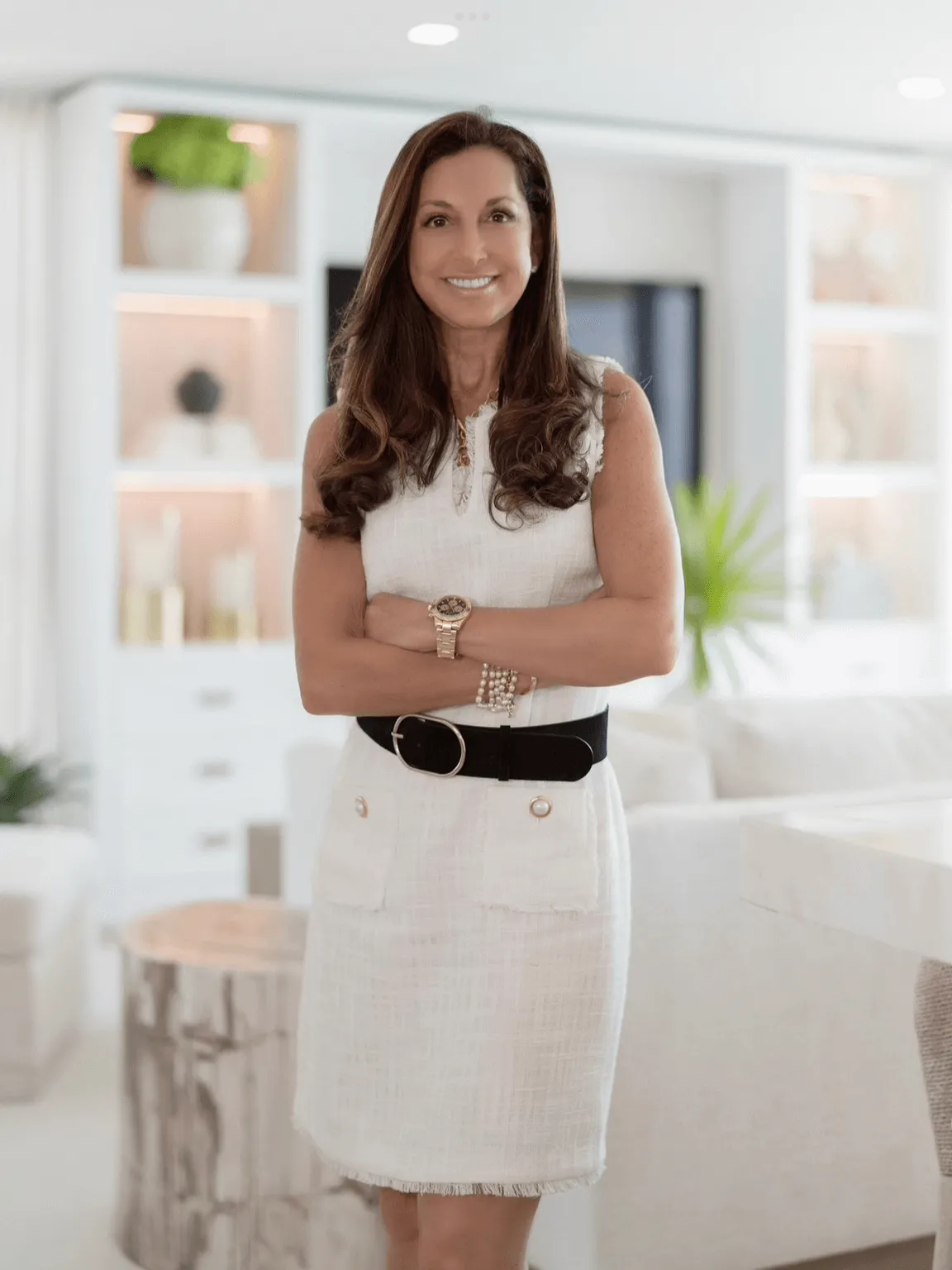In the ever-evolving world of interior design, one style that has gracefully stood the test of time is transitional interior design. A harmonious blend of traditional and contemporary elements, transitional design strikes a delicate balance between classic and modern aesthetics. This versatile style offers a timeless and elegant appeal, making it a popular choice for those seeking a refined and comfortable living space. In this article, we will explore the key characteristics, principles, and elements that define transitional interior design, as well as the reasons behind its enduring popularity.
Defining Transitional Interior Design:
Transitional interior design is a marriage of two seemingly disparate worlds: the classic elegance of traditional design and the sleek, clean lines of contemporary design. It emerged in the 1950s as a response to the rigid distinctions between traditional and modern styles, offering a more flexible and inclusive approach. The essence of transitional design lies in creating a space that feels both comfortable and sophisticated, seamlessly blending the old and the new.
Key Characteristics:
Timeless Elegance:
- Transitional interiors exude a timeless and refined elegance. By incorporating classic elements such as crown molding, wainscoting, and coffered ceilings, designers pay homage to traditional design while avoiding excessive ornamentation. This results in spaces that feel sophisticated without being overly formal.
Neutral Color Palettes:
- Neutral color schemes are a hallmark of transitional design. Soft, muted tones such as beige, gray, and taupe create a calm and inviting atmosphere. These neutral backgrounds serve as a canvas for pops of color and texture, allowing the design to evolve over time without feeling dated.
Balanced Blend of Materials:
- Transitional interiors embrace a variety of materials to strike a balance between warmth and sleekness. Common materials include wood, metal, glass, and stone. Mixing these textures adds visual interest and depth to the design, creating a dynamic and inviting space.
Furniture with Timeless Appeal:
- Furniture in transitional interiors often features classic silhouettes with a modern twist. Straight lines and simple shapes prevail, avoiding the ornate details of traditional furniture. The goal is to create a comfortable and welcoming environment with a touch of contemporary flair.
Open and Airy Spaces:
- Transitional design often emphasizes open and airy spaces. The layout is carefully curated to create a sense of flow and connectivity between rooms. This open concept allows natural light to permeate the space, contributing to a bright and inviting atmosphere.
Principles of Transitional Design:
Balance and Symmetry:
- Achieving balance and symmetry is crucial in transitional design. By carefully distributing visual weight, designers create a sense of equilibrium in the space. This can be achieved through the placement of furniture, the arrangement of decor, and the use of color.
Subtle Elegance:
- Transitional interiors prioritize subtle elegance over opulence. Instead of ornate details, the focus is on creating a refined and understated atmosphere. This allows the design to stand the test of time without succumbing to trends.
Functionality and Comfort:
- Functionality and comfort are paramount in transitional design. The furniture is not only aesthetically pleasing but also designed for comfort and practical use. This approach ensures that the space is not only beautiful but also livable.
Harmonious Color Palette:
- A harmonious color palette is a key principle of transitional design. Neutral colors form the foundation, while pops of color are strategically introduced through accessories, artwork, or accent furniture. This creates a cohesive and inviting aesthetic.
Elements of Transitional Design:
Classic Architectural Details:
- Transitional interiors often feature classic architectural details, such as crown molding, paneling, and archways. These elements add a touch of traditional charm without overwhelming the space.
Clean Lines and Simple Shapes:
- Clean lines and simple shapes define the furniture in transitional design. The absence of excessive ornamentation contributes to a modern and uncluttered look while allowing the classic elements to shine through.
Mixed Materials:
- The use of mixed materials is a distinctive feature of transitional design. Combining materials like wood, metal, glass, and stone adds depth and visual interest. This layering of textures contributes to the overall warmth and sophistication of the space.
Versatile Fabrics:
- Fabrics in transitional interiors are chosen for their versatility and timelessness. Neutral upholstery, such as linen or cotton, is common for larger furniture pieces, while throw pillows and accessories offer opportunities to introduce patterns and bolder colors.
Strategic Lighting:
- Lighting plays a crucial role in transitional interiors. Well-placed fixtures provide both ambient and task lighting, contributing to the overall functionality and ambiance of the space. Transitional design often incorporates a mix of classic and contemporary light fixtures for a balanced look.
Enduring Popularity:
The enduring popularity of transitional interior design can be attributed to its ability to adapt to changing preferences while maintaining a sense of timeless elegance. Here are some reasons behind its sustained appeal:
Flexibility and Adaptability:
- Transitional design’s inherent flexibility allows homeowners to incorporate new elements and update their space without a complete overhaul. This adaptability makes it a practical and cost-effective choice for those who want a design that can evolve with their tastes.
Timeless Aesthetics:
- By seamlessly blending traditional and contemporary elements, transitional design achieves a timeless aesthetic. Unlike trends that may come and go, the classic and understated elegance of transitional interiors ensures that they remain relevant and appealing over the years.
Comfortable Living Spaces:
- The emphasis on comfort and functionality makes transitional interiors well-suited for everyday living. The carefully curated balance of design elements creates spaces that are not only visually pleasing but also inviting and comfortable for residents and guests alike.
Wide Appeal:
- Transitional design appeals to a wide range of tastes. Whether someone prefers the classic charm of traditional design or the clean lines of contemporary styles, transitional interiors offer a middle ground that satisfies diverse preferences. This broad appeal makes it a popular choice for homeowners and designers alike.
Transitional interior design, with its harmonious blend of traditional and contemporary elements, stands as a testament to the enduring allure of timeless elegance. Through the careful integration of classic architectural details, clean lines, and a neutral color palette, transitional interiors create spaces that are both sophisticated and comfortable. The principles of balance, subtlety, and functionality guide the design process, resulting in versatile and adaptable living spaces.
As homeowners continue to seek designs that withstand the test of time while embracing modern sensibilities, transitional interior design remains a steadfast choice. Its enduring popularity speaks to its ability to strike a balance between the past and the present, offering a design language that resonates with a diverse audience. Whether revamping an existing space or starting anew, embracing transitional design ensures a timeless and elegant home that transcends fleeting trends.



